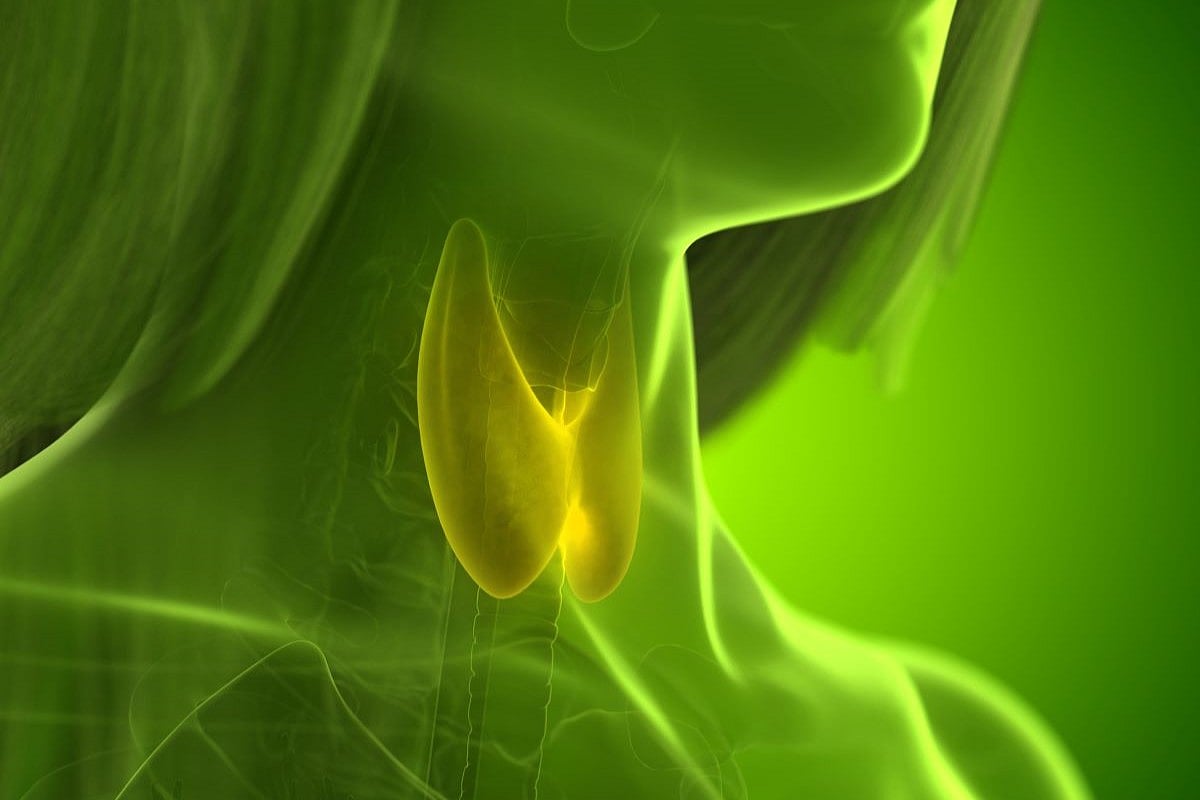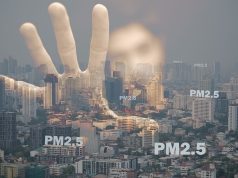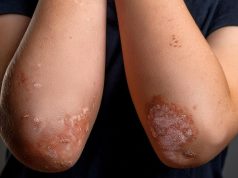Authors acknowledge these exposures may be tied to broader urbanization
By Lori Solomon HealthDay Reporter
TUESDAY, April 22, 2025 (HealthDay News) — Early-life exposure to fine particulate matter (PM2.5) and outdoor artificial light at night (O-ALAN) is associated with pediatric papillary thyroid cancer, according to a study published online April 10 in Environmental Health Perspectives.
Nicole C. Deziel, Ph.D., from the Yale School of Public Health in New Haven, Connecticut, and colleagues evaluated the association between pediatric thyroid cancer risk and perinatal exposure to ambient PM2.5 and O-ALAN in a case-control study. The analysis included 736 cases (diagnosed at 0 to 19 years and born from 1982 to 2011) and 36,800 controls matched on birth year.
The researchers found statistically significant associations between PM2.5 exposure and papillary thyroid cancer risk overall (odds ratio [OR] per 10-µg/m3 increase in PM2.5, 1.07) and among Hispanic children (OR, 1.13). A similar trend was seen for the 15- to 19-year-old age group (OR, 1.08). For O-ALAN, there were statistically significantly increased odds of papillary thyroid cancer in higher exposure tertiles versus the reference tertile in the overall population (tertile 2: OR, 1.25; tertile 3: OR, 1.23), and when modeled as a continuous variable (OR, 1.07 per 1 millicandela/m2). There were significant associations among the 15- to 19-year-old age group, but not the 0- to 14-year-old age group. No significant differences existed by race/ethnicity.
“Given that O-ALAN may also represent other air pollutants or broader urbanization patterns, further research and refinements to exposure metrics are needed to disentangle these factors,” the authors write.
One author disclosed ties to the pharmaceutical industry.
Abstract/Full Text (subscription or payment may be required)
Copyright © 2025 HealthDay. All rights reserved.








